Roaring Out of the Recession
During the economic downturn, investments in technology and training, coupled with trimming waste in all areas of production, resulted in a stronger company with a healthier bottom line once the financial skies had cleared.
Share

.png;maxWidth=45)
DMG MORI - Cincinnati
Featured Content
View More






ECi Software Solutions, Inc.
Featured Content
View More


Faced with a stubborn and lingering recession beginning in 2008, gear manufacturers had differing reactions. Some cut shifts, while others slashed jobs. Sadly, many went out of business. Southern Gear & Machine Inc., based in Miami, Florida, used a different tactic, investing in new equipment to increase production, enabling employee training to bolster its knowledge base, and peering into every corner of its operations, seeking ways to eliminate wasted time, motion and energy. The results? Increased throughput, a well-organized shop floor and employees who are energized and invested in the company’s success.
Oh, and zero debt.
“As a business owner, I feel an obligation to our employees, especially when times are tough,” says Allan Arch, president. “I want to provide them with all the tools they need to succeed in their careers, and to have fulfilling personal lives as well. Focusing on technology, our workforce, and increased efficiency, allowed us not only to survive the recession, but to thrive during the recovery.”
Acquiring Capabilities
Like Mr. Arch, Southern Gear actually has its roots in New England. “My father, Joseph, was a tool and cutter design engineer with Fellows until he lost his job during the Depression,” Mr. Arch says. “In 1946, he founded the Arch Gear Works in Boston, but we spent all of our vacations in Florida when I was growing up because he hated cold weather. That’s how he came to launch Southern Gear in 1957, and I joined the company straight out of the Navy in 1968. After cruising through the tropics for a couple of years, I didn’t want to deal with cold weather anymore, either.”
While Arch Gear ceased production in the early ’90s, Southern Gear has only improved with time, building strong relationships with its clients in the aerospace, automotive and industrial markets, among others, and accumulating an array of gear manufacturing machines that make it an “across-the-board, soup-to-nuts operation,” according to Mr. Arch. “The only things we outsource are plating and heat treating. Everything else is handled in house.”
Nearing its sixth decade in business, Southern Gear has always made a point of getting all that it can out of its equipment. It has more than 50 gear cutting machines alone, with an additional 80 pieces of various equipment in its grinding, gun drilling, CNC milling, CNC turning and grinding and honing departments. It also conducts manual turning, manual milling and boring, thread milling, thread grinding, broaching and sawing—though not so much of the latter since the company started ordering its bar stock precut. “Our vendor can saw through a 5-inch bar in 35 seconds,” Mr. Arch says, “which would take us about half an hour with our own saws. So that’s a no-brainer.”
Powerful Production
Like many gear manufacturers, Southern’s shop floor is a machine fan’s dream, crowded with “old iron” from Fellows, Barber Colman and Bridgeport—the majority outfitted with new CNC controls and tools—and newer equipment from Gleason, Doosan, Mazak, Kitamura and Sunnen, just to name a few. The company’s most recent purchase is a Mitsubishi ST40 CNC gear shaper, joining its two additional CNC shapers (SE25A, SD25) and two CNC hobbers (GE15A, GD20), all by the same OEM.
Though all machine operators have their favorites, with some preferring older while others lean toward newer designs, Mr. Arch says they have been particularly pleased with the Mitsubishi equipment, due equally to the machine’s capabilities and the service, training and support the company provides. “Not only did their technicians train our operators on the machines, they shared tips they’d learned over the years that resulted in increased productivity on the shop floor. That’s where the value of having a good relationship with the OEM comes in, and you really can’t put a price on it.”
The ST40 has decreased production time and increased throughput drastically, according to Mr. Arch. Because of the machine’s performance, in addition to assistance provided by Mitsubishi technicians, Mr. Arch and his colleagues have observed substantial improvements over past processes since making this latest purchase.
“While it definitely expands our ability to cut a better gear, the real benefit is the time saved,” he says. “It used to take us a week to get 150 gears through this process for one customer, and now it takes two days, so the throughput is incredible. This machine is constantly surprising us in terms of what it’s able to accomplish.”
Personal Growth
Not only that, but it’s challenging the company’s operators to up their game in order to explore and discover the machine’s performance potential. While the primary expectation when purchasing new equipment is that it will decrease the company’s lead times and expand its capabilities, the effect that powerful and exciting new machines have on employee morale isn’t always factored into the equation. “I would not be surprised if I found out that our new Mitsubishi’s primary operator pats the machine and tells it goodnight before he leaves at the end of the day,” Mr. Arch says with a laugh. “And that’s really no exaggeration.”
An additional benefit that Southern Gear has realized since beginning its campaign of investing in leading-edge technologies more than a decade ago is that improved production not only results in happier customers, but actually creates time for employees to be more creative in how they view the work they perform. Mr. Arch supports this fresh energy by providing his employees with a wide variety of training opportunities. “The fact is,” he says, “you can have the best equipment in the world, but if you don’t have an operator who knows how to use it and is motivated to learn more, you’ll never realize the full potential of your investment.”
In addition to refresher courses on subjects such as reading blueprints and new gear manufacturing processes, Mr. Arch has sent all of his employees through lean manufacturing training. “Our entry into lean manufacturing was originally subsidized by one of our best customers, who obviously had an interest in supporting the growth of one of their most dependable suppliers,” he explains. “Once we realized the value of this type of training, however, we decided it would be worth pursuing even if we had to pay for everything ourselves, as we’ve increasingly started doing over the years.”
The reason everyone at Southern Gear was included in the training—“that includes me and everybody else who works here, no matter their role”—is because the “top to bottom” approach advocated by lean manufacturing doesn’t just affect sophisticated machining processes, but even something so seemingly trivial as the disposal of metal trimmings. “We just used buckets before, like most people do,” Mr. Arch says, “but we decided to purchase specialized bins that can easily be wheeled away and emptied, resulting in less physical strain and a more orderly shop floor.”
With planned improvements including software systems that will enable the company to “go completely electronic,” so that everyone will have the data they need at their fingertips rather than having to walk to another department, Mr. Arch says he realizes that streamlining for efficiency is a long-term commitment. “It’s a never-ending process,” he says. “It will never be over. But once it becomes a habit you find that eliminating waste isn’t a hassle, it’s a goal. And reaching it delivers a reward—in our case, a company that’s debt-free and in the black.”
Professional Obligation
There are as many reasons for starting a business as there are businesses themselves, and though financial reward is usually the primary motivator, that view can evolve over time. Having run a successful gear manufacturing business for more than four decades now, Mr. Arch says his own perspective has changed over the years. At the beginning of the most recent recession, for instance, as he watched the industry staggering and companies beginning to go under, he took a close look at his own reasons for sticking around.
“To be honest with you, it’s all about our employees,” he says. “I feel that I have a responsibility to make sure they can afford a place to live, and a car, and to be able to send their kids to college. They have put everything they’ve got into making Southern Gear a success, so we owe it to them to be good stewards of the company’s bottom line.”
That’s the reason he’s invested so much in the latest gear manufacturing technologies, and why he pays for training so that his employees’ careers won’t stagnate. He’s even gone so far as to convert Southern Gear into an Employee Stock Ownership Plan (ESOP) company, so that those who choose to join actually have a personal stake in the company’s fortunes. Still, he will admit to enjoying the additional benefits these investments bring to the company.
“Having the best equipment not only helps us take care of our customers,” he says, “it’s a tremendous asset when it comes to recruiting skilled workers. If you think about it, anybody who’s concerned about advancing in his or her career wants to have the opportunity to work with the most cutting-edge technologies. So whether we’re talking about talented young graduates, or seasoned gear manufacturing veterans, if they’re choosing between us and another company, we think they’re going to have a very favorable opinion of Southern Gear.”
Learn More:
Southern Gear & Machine, call 800-248-5152 or visit southerngear.net
Mitsubishi Heavy Industries, call 248-669-6136 or visit mitsubishigearcenter.com
Read Next
Building Out a Foundation for Student Machinists
Autodesk and Haas have teamed up to produce an introductory course for students that covers the basics of CAD, CAM and CNC while providing them with a portfolio part.
Read MoreRegistration Now Open for the Precision Machining Technology Show (PMTS) 2025
The precision machining industry’s premier event returns to Cleveland, OH, April 1-3.
Read More5 Rules of Thumb for Buying CNC Machine Tools
Use these tips to carefully plan your machine tool purchases and to avoid regretting your decision later.
Read More.png;maxWidth=970;quality=90)
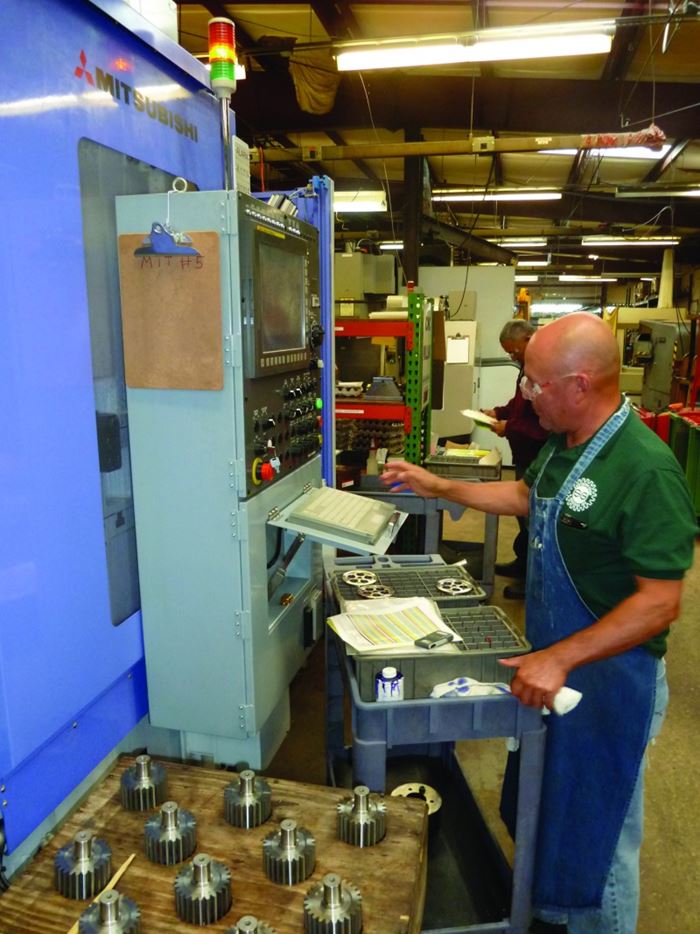
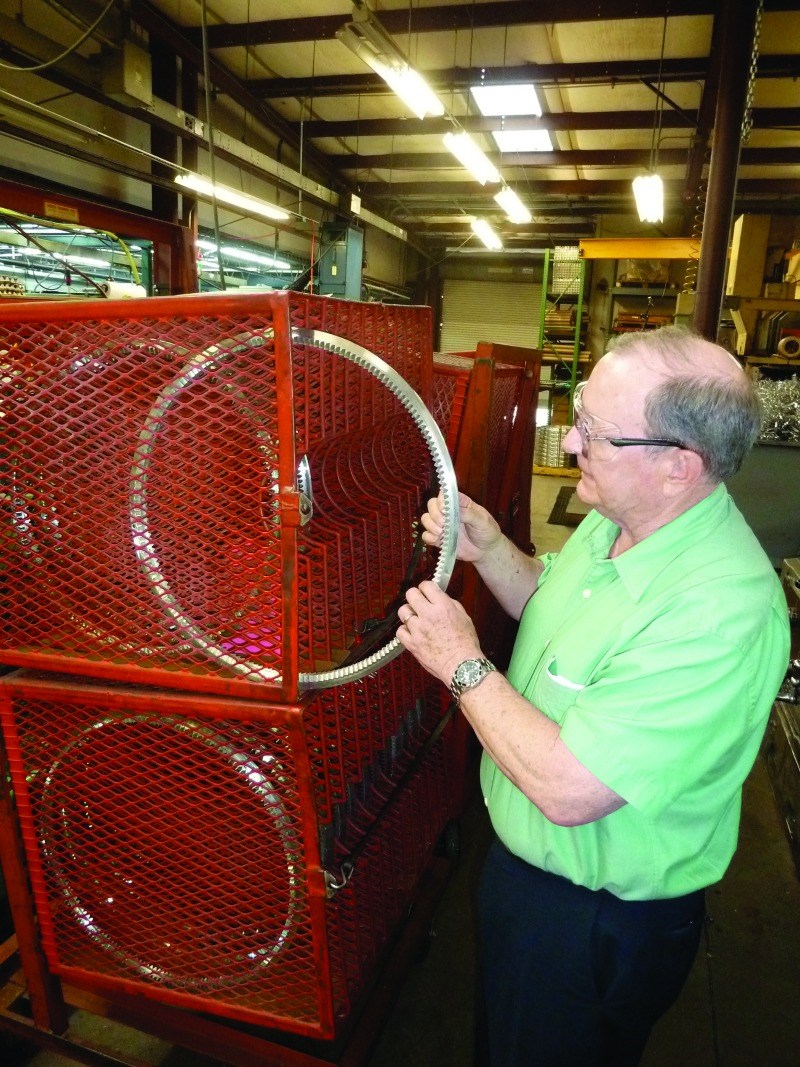
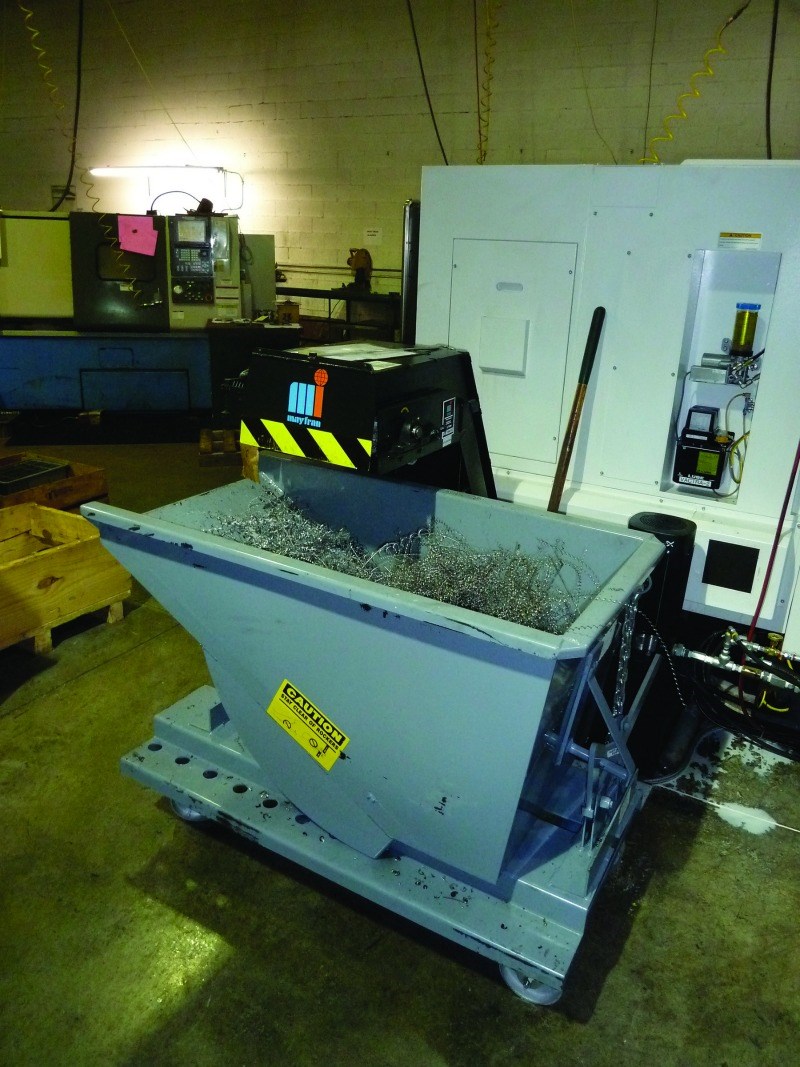
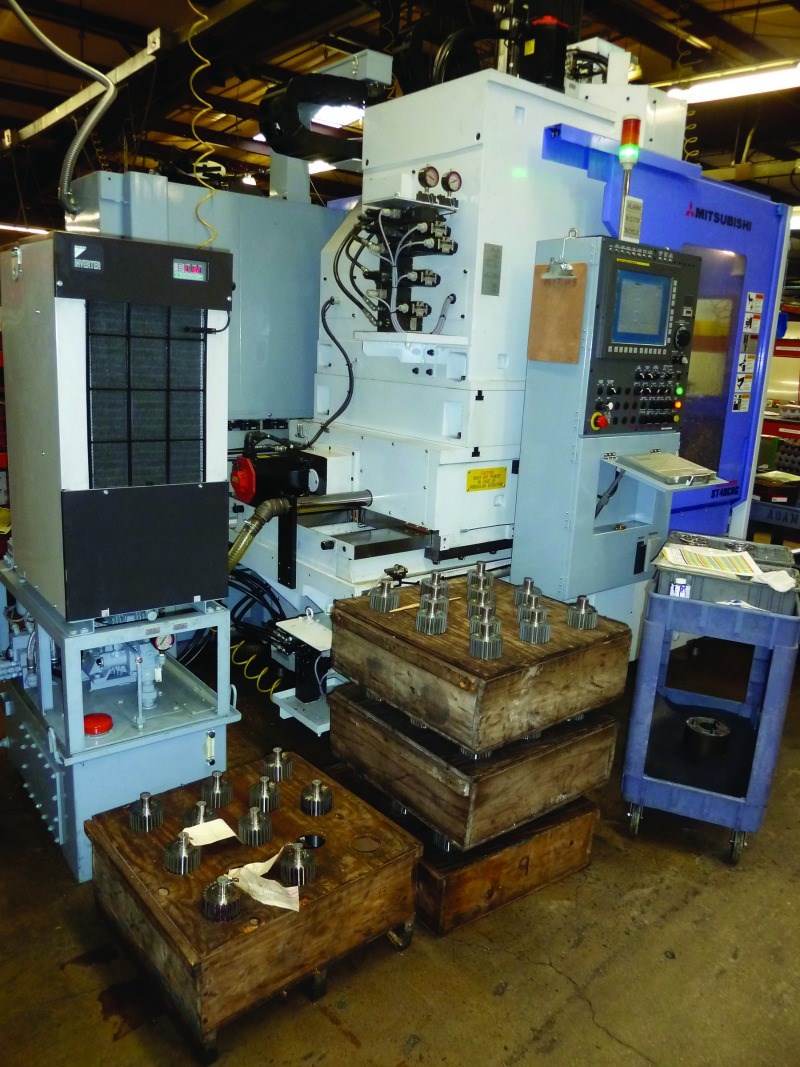





















.png;maxWidth=150)



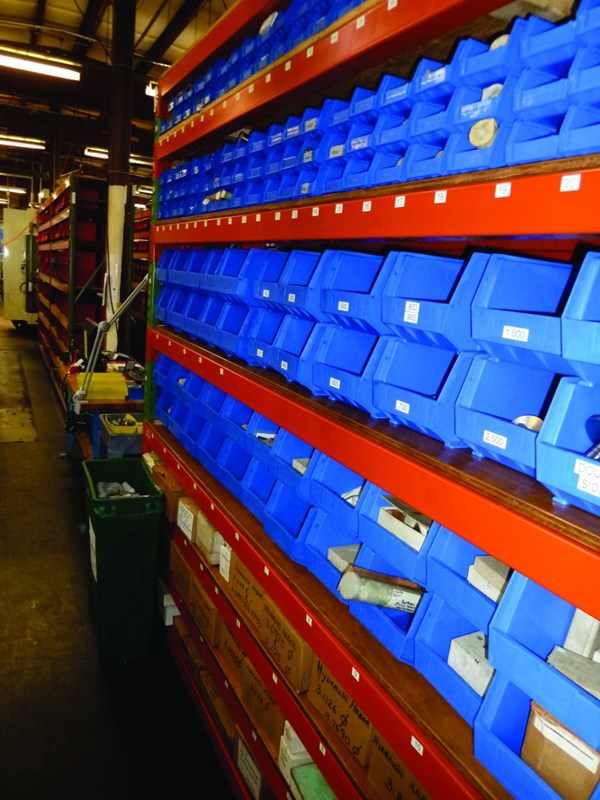




.png;maxWidth=300;quality=90)






